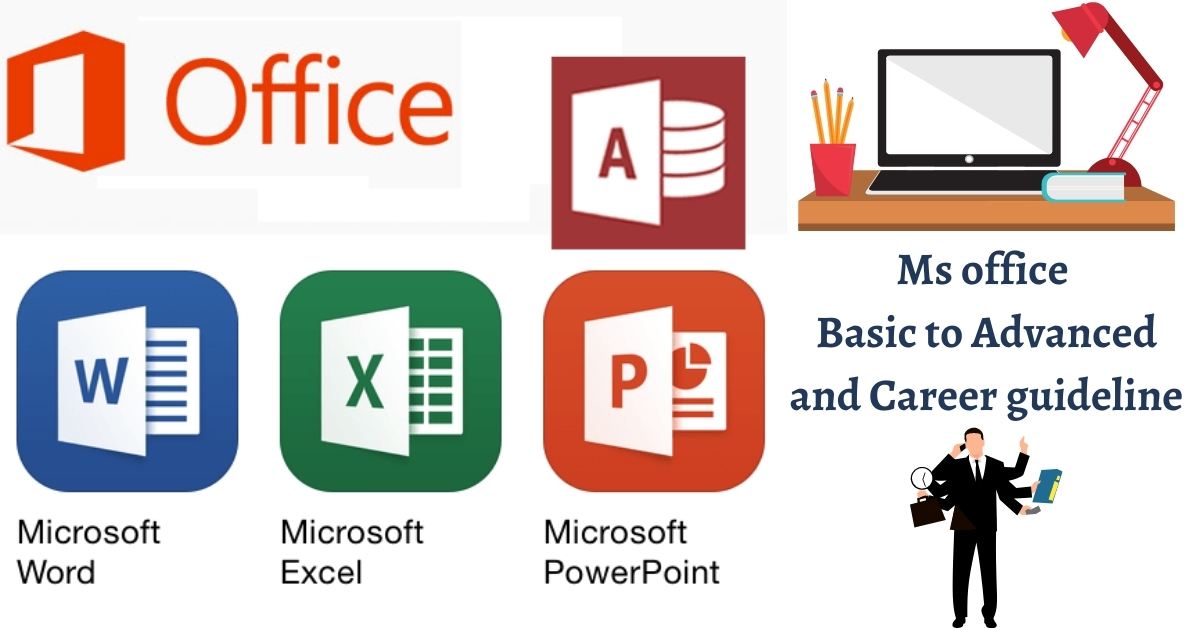Professional Microsoft Office Applications
Duration
2
Lacture
24
Project
12
Microsoft Office applications are widely used in professional settings for various purposes. Here’s an overview of the main applications and their professional uses: Microsoft Word - Document Creation : Writing reports, letters, resumes, and other text-based documents. - Formatting and Styling : Applying styles, themes, and formatting to documents. - **Collaboration:** Tracking changes, adding comments, and using version control. - Templates: Using pre-designed templates for business letters, newsletters, and brochures. Microsoft Excel - **Data Analysis:** Using formulas, functions, and pivot tables to analyze data. - Financial Modeling : Creating financial models, budgets, and forecasts. - Data Visualization : Creating charts, graphs, and dashboards. - Automation : Using macros and VBA (Visual Basic for Applications) to automate repetitive tasks. Microsoft PowerPoint - **Presentation Creation:** Designing slides for meetings, conferences, and training sessions. - Visual Aids : Incorporating images, charts, and videos to enhance presentations. - Templates and Themes : Using professional templates and themes to ensure consistent design. - Animations and Transitions : Adding animations and transitions to make presentations more engaging. Microsoft Outlook - Email Management : Sending, receiving, and organizing emails. - Calendar and Scheduling : Managing appointments, meetings, and events. - Contacts Management : Storing and organizing contact information. - Task Management : Creating and tracking tasks and to-do lists. Microsoft Access - Database Management : Creating and managing databases for storing large amounts of data. - Data Entry and Forms : Designing forms for easy data entry. - Querying Data : Using SQL queries to retrieve and manipulate data. - Reporting :Generating reports based on database data. Microsoft OneNote - Note-Taking : Capturing notes, ideas, and information. - Organization : Organizing notes into notebooks, sections, and pages. - Collaboration : Sharing notebooks and collaborating in real-time. - Multimedia : Embedding images, audio, and videos in notes. Microsoft Teams - Communication : Instant messaging, voice calls, and video conferencing. - Collaboration : Sharing files and collaborating on documents in real-time. - Project Management : Using channels, tabs, and integrations to manage projects. - Meetings : Scheduling and conducting virtual meetings with screen sharing and recording. Microsoft Publisher - Desktop Publishing : Creating professional-quality publications and marketing materials. - Templates : Using templates for brochures, flyers, newsletters, and posters. - Design Tools : Utilizing advanced design tools for layout and graphic design. - Printing : Preparing documents for professional printing. Microsoft SharePoint - Document Management : Storing, organizing, and sharing documents within an organization. - **Collaboration:** Enabling team collaboration and project management. - Intranet : Creating internal websites for information sharing and communication. - Workflows : Automating business processes and workflows. These applications are part of the Microsoft Office suite, which can be accessed via a subscription to Microsoft 365. Each application has a specific set of features tailored to different professional tasks, making them versatile tools for various business needs.

Course Curriculum
Microsoft Word
Microsoft Excel
Microsoft PowerPoint
Microsoft Outlook
Integration and Advanced Tips
Microsoft Access
Microsoft OneNote
Microsoft Teams
Microsoft Publisher
Microsoft SharePoint
Microsoft Visio
After finish this course, you can do job as a
Microsoft Word
Microsoft PowerPoint
Microsoft Outlook
Administrative Assistant
Data Entry Clerk
Office Coordinator
Junior Project Manager
Course Module
Professional Basic Application Microsoft Office
Gain Knowledge
Map
Contact Us
MMIT Institute © 2022 All rights reserved. Developed by MMIT SOFT LTD